0 Comments
"Hope is not enough: turning vision into climate action!" This was one of the themes of the second Green Tech Festival held in Singapore. And for concrete and lasting action, I believe we need two essential ingredients: innovation & culture. This was a theme that weaved throughout the presentations and panels at the conference.
One example that stood out for me was the Hot Heart - a project with the purpose of decarbonising the district heating system in the Finnish capital. One the one hand, the technical solution is innovative in a way that it integrates the energy storage component when harvesting renewable energy for keeping the citizens warm. On the other hand, the transformed the technocractic solution with an experience for its community: establishing a all-year tropical island right in front of the city gates. Why is this important? In this way you bring the technology closer to the people, allow them to interact and benefit from the solution - in a very direct way. This will accelerate acceptance and inspire new innovation. We at Hive17 believe that driving a sustainability culture in your organisation will drastically increase the adoption of climate action and in turn your efforts in substantial triple-bottom-line benefits. How will your start your internal movement? Learn more about The Hot Heart. Are you looking for ways to boost your productivity and control your costs? The Hive17 Human Operating System is designed to enable teams to give their best and one of the key elements is innovation.
At Hive17 we often observe that medium-sized organisations have limited resources and may be stuck in traditional ways of thinking. Hive17 can help you to overcome these barriers and build a culture for effective continuous improvement within your organisation. Here is how this might work. Let's say that you are looking to improve your efficiency in your operations. We would start with the right mindset and approach to identify creative ideas. This requires a deep understanding of the problem by involving the right people and enabling everyone to express and appreciate new ideas - as many as possible. After that, we would test these ideas using a scientific approach to stimulate trial & learning. We will help you to set up a clear hypothesis, collecting the right data, and analysing the results carefully with an open and curious mind. As a result, you can expect to see within a few months a 15% cost reduction and productivity gain. The new culture will also enable you drive quality and create a future-proof business that is able to thrive in any market. This might be one of my rare posts about AI. Yesterday, I was invited by our partner GloCoach to an event to talk about "AI and Organisational Success". Here were some of the proposed questions: Will AI replace our workforce? Or rather, when will AI replace our workforce? And the questions then continued: how will AI replace people? With whom will they be collaborating?
The discussion elaborated that, as any other tech tool, AI will support us humans. The algorithms will fulfil tasks which we are struggling with, for example big data analysis. The automation will allow us to offload mundane and repetitive tasks and to focus on the more value-creating tasks. We humans will (should) always be in control and make the decisions. Automation - as it has been shown in the past with the agricultural, industrial revolutions and photography - will allow us to scale and to provide solutions to 10'000 times more people than we were able before automation. As was discussed during the event, this means that high-level coaching solutions can be provided to a much much wider audience, while the current coachees might still prefer (and able to afford) to be coached by a human (augmented by AI). Here is another idea that came up during the conversations I want to share here. How can we improve business processes with AI? Here we are often in a dilemma... On the one hand, we want to have consistent processes because this will allow efficiency. On the other hand, we are faced with exceptions that don't follow the norm and we need to 'bend' these rules. I am a proponent to switch from 'rules' to 'principles', because principles allow you to understand the underlying reason why we do things and provide us with flexibility which enables us to focus on effectiveness. AI can help here to combine on the one hand the underlying rules of a process with on the other hand specific data about the individual person or item that goes through that process. As a result, we are able to scale individualised iterations of the business process that are more accurate and are at the same time efficient and effective. Examples are individual leave application procedures, 3-D printed items, last-mile package delivery, etc. Where do you see the future of artificial intelligence in your life? In my role as co-chairs of the SwissCham Climate Tech subcommittee, I had the honour to host a CSO Roundtable. We brought together industry leaders in Singapore to share their experience about how we can accelerate our sustainability journeys based on mindset shifts and organisational structures. With a new format that brought the panel very close to a small audience, all people in the room engaged in an open interaction on how organisations can work towards net zero targets.
Three major topics emerged:
Sustainability is admittedly a complex and multi-faceted topic; from small technical solutions to an ecosystem approach, on all levels the drive for sustainability adds complexity. The topic might be less daunting if we understand ESG as one single topic, instead of having separate approaches for E, S and G. And the major driving force is looking at it with a problem-solving lens. Looking at sustainability as the long-term business opportunity as in operational efficiency, market growth, and talent attraction. When we look at the broad population in most organisation, the majority of front-line and middle management employees are full of ideas how we can do good; they have the insight, understand the barriers, and have the passion to find a solution. Unleashing this potential means that we need to create platforms that enable these people to become ambassadors, gather like-minded people around them, and develop autonomy in identifying solutions. It is as simple as removing the barriers of creating internal movements. In this context, it has been mentioned that the senior- and top-management levels are often hindering these efforts, killing the energy by demanding short-term financial results. Here, efforts are necessary to convince our leaders to understand sustainability as a business opportunity. Focus on that future business reward and the money will flow automatically. All three topics are major transformations - we are embarking on journeys that change people's minds, develop new cultures and aspire to bring more humanity in our ecosystem. The result can only be good! What is your first step to action? Change Management is the Umbrella for all your Innovation, Excellence and Leadership Campaigns7/4/2022 We heard this many times: Change is Everywhere! We are continuously advancing, improving, tinkering and even disrupting our own products, operations and organisational models. Recent conversations, studies and experiences confirmed this again: to be successful with these initiatives, we need to bring people together and enable an effective collaboration. "We build people; and these people build our business." And, this people side of the business is the concern of Change Management.
Now, many companies have engaged in a series of different frameworks and concepts in order to bring their initiatives forward. And in recent years I have become proficient and excited about them. Here some examples.
All these concepts look at the mindset and the behaviour of people and are designed to enable the success of your projects and initiatives. They are very much concerned about the people side of doing business. This is where I recently made the link that change management actually acts as an umbrella to all these initiatives. They can be brought together by creating a common platform and defining how they support each other (instead of stealing resources from each other). Change management can then facilitate a set of leadership qualities, creating a glue between the individuals and silos, and as a result enables longterm success through collaboration. At Hive17 Consulting we drive people excellence through positive leadership. We assess individuals and teams with our Antifragility Score and our leadership development programs then allow these teams to strengthen their people skills and drive success for their projects. Together with TTIP we have launched the Innovation Forum in APAC. The first session was all about the Role of Leadership in Innovation. After an insightful presentation from Maurits van Tol, the almost 20 participants discussed in groups their experiences and insights; here are the key insights:
Listen to Maurits' presentation here! Join us for our next interactive and insightful session on 23 February 2022 - Developing Better Technical and Business Judgment. Discuss and learn from innovation leaders in the region and bring successful change to your organisation. The New Year has started; and we are all excited about the things we want to achieve in 2022. There are so many changes we want to realise; so many innovations we want to trigger. How can we be successful with that?
As leaders we have a strong impact with our actions and with our behaviour to nurture innovation; and to strangle creativity. What is the leader's role in innovation? Join Maurits van Tol, CTO of Johnson Matthey as guest speaker in our 'Innovate for Success' Networking Forum. TTIP and Hive17 Consulting are jointly launching the 'Innovate for Success' Networking Forum in Asia. This program is tapping into the combined knowledge and experience of our global community of business & innovation leaders. In monthly, highly participative sessions we bring together business leaders around the current innovation topics. Yes, I am an avid reader of Wired UK; I like to read their magazines because often they introduce novel topics which help to broaden my view of the world. In one of the last editions, an article was talking about the exponential gap - and I was hooked.
We all heard about exponential growth; and most of us have difficulties to grasp the reality of it. Take the story of Lord Krishna who took a chessboard and asked to fill each square with the double amount of rice. Once you reach the 64th square, there is so much rice on the chessboard that it would fill India with a 75 cm layer of rice. Exponential growth is inconceivable. This is what Hans Rosling also mentions in his book Factfulness; he calls this the third mega misconception - the Straight Line Instinct. Let's look at the graph below showing a general picture comparing linear and exponential growth. The linear line is steady; with each unit of investment you get a specific return. The exponential line instead stays below the linear line for a very long time; it almost appears not to move up. Then suddenly, the line shoots up and is going past the linear line. What does that mean for us? Your company sets aside a certain percentage of your work to be innovative. You and your peers are supposed to come up with the new big thing. And creativity simply doesn't strike. Improvements seem to be incremental. Your customers for a long time didn't experience that 'wow effect'. Something is wrong. And, you are not alone. Many companies come to Hive17 Consulting to seek for inspiration and creating a new spin to their operations.
Going down the same path will lead to the same destination. One key element what we are offering is thinking out of the box. No, it is not enough that we at Hive17 are thinking out of the box. The teams we are supporting need to think out of the box! How are we facilitating this change? Three elements. Creating a positive environment. This is important because our brain works more creatively when we are in a positive emotional state. New ideas flow and we are able to build on top of the ideas of others. Here we aim at creating a meaningful context, allow people to warm up; something that simply works better in person. Use a new approach to problem solving. When you keep applying the same methodology, you might reach similar results. That's why we introduce new problem solving methodologies, for example design thinking. And if you are already using it, then it is a good idea to ask another person to facilitate through the journey. Ask different people. Diversity sparks new ideas; when we open up our mind and our perspective, new solutions will flow. Important here is to put more efforts on customer centricity. Who are the groups of people you are creating value for? Going broad on this question and talking to representatives of these groups, is a good start. How often do you feel that you and your teams are thinking out of the box? Every day we are confronted with challenges that require solutions - they might be small, they might be big. Following the same patterns and focus on past achievements is at best futile - what we need is creativity. And why not ask the creatives for their tips?
Hideo Kojima is a Japanese video game design since over 35 years and can celebrate decent success in his industry; and, he wrote a book about his secrets. One key thing he shares that without fail, every day he is visiting a book store and browses through the books. He then buys a book that talks to him and reads it. This routine brings him a wider perspective of the world, provides him new inputs, and also gives him the opportunity to get a break from work. He also emphasises that he keeps this routine from being mundane. The same book in a different store is speaking in a different way to you. Therefore, he keeps visiting new bookstores to keep his mind and heart fresh. What can we do to keep a fresh perspective and stay creative? Find an activity that suits your surrounding and interest, which allows you to get a perspective of the bigger world around you! And establish a routine for that; a simple 30 minutes task every day. What can that be? Walk around your neighbourhood as a tourist; call a friend you haven't spoken with in two months; find an online course about a topic you want to discover more. There are plenty of things to learn and discover. What will you start with? Please share! Source: Hideo Kojima on What Makes Hideo Kojima Tick, Wired UK, October 2021. Photo credit: Charlie Clift. Based on pillars 1 & 2 - our dream & the value for customers - we can now generate tons of ideas to address needs and solve problems. Full innovation is also executing these ideas and this happens most effectively with experimentation. Try different ideas and capture how you can improve your solutions. The core of agility is this trial & learning. This experimentation happens in a perpetual manner, continuously tinkering and edging closer to a better product or service.
Jump into the third podcast in collaboration with Tigerhall where we uncover the underlying principles of agile working. The practical examples will help you to start the transformation in your teams. How can we capture early feedback & input from our stakeholders to create more meaningful solutions? Agility is in everybody's mind. And yes, its principles can help any part of the business to build lasting success in an environment that is complex and ever-changing.
Tigerhall invited me to a series of podcasts to share my experience with agility in the manufacturing and financial service sector. Here is the first episode! How do you enable your team to define their change journey from within? This article was originally posted in the GloCoach Blog. Since the beginning of 2020 we learned that change can suddenly be omnipresent. Many companies struggled; some companies thrived due to the new business environment. And over the recent months there might be only a few companies that are not facing big challenges; if not from a business and financial perspective, then from an engagement and social point of view. How can we build an environment where we can thrive in all aspects of work and life?
The SkillsFuture organisation is doing an excellent job, supporting the development of the workforce in Singapore. They have recently launched a set of Critical Core Skills that are vital for all of us to thrive in a business environment that is rapidly changing in terms of technology and human interaction.
The sixteen competencies are grouped in the following three areas:
As a change management practitioner, I am delivering programs that are developing and embedding skills that allow change initiatives to succeed. Are you simply installing a change? How can you ensure that you realise the expected benefits of the transformation program? With this background, I want to share here how change management skills are supporting the critical skills above. At the core of change is the human side of doing business; how we interact with others. We want to understand the people around us; only then can we overcome resistance and make the new solutions work for them. This is the foundation to make transformation initiatives a success. We learn to understand how people react, how we can influence and engage people. And most importantly, how we can create value in the ecosystem. Change management frameworks provide a simple structure that allows us connecting the dots and to think critically. Who is impacted by the change program? Who can be an influencer? Change frameworks enable us to collaborate and discover new insights. With these inspirations we can derive innovative solutions that fit into the larger ecosystem. When we learn about transformations, we also discover that change journeys are about continuous change. The business ecosystem is constantly moving forward and we need to keep moving within it - stay relevant. With this, we develop behaviours and mindsets that is not only open to change; we discover how we can thrive in change. How can you get started? Become a Certified Associate in Change Management with our hybrid program that is credible, holistic and hands-on. Source: Critical Core Skills, Skillsfuture Singapore End of last year, in the context of an agile transformation in a global financial institution, we delivered a series of design thinking trainings to a global audience. The sessions introduced the people-centric problem solving methodology, shared some case studies, and allowed the participants to practice some of the tools. After the program, we checked in with the teams and observed that they didn't take up design thinking in their practice.
How often did you observe that your training efforts have little impact on people's daily work? What can we add to bring the excitement from the training back to work? In my experience, this is an essential step for success. At the bank, we selected a few teams that were excited about design thinking and willing to explore ways how they can overcome barriers and adopt the new principles and tools in their daily work. Typical barriers were a strong focus on delivery, very limited perceived time for other activities, a feeling that there was not much room for creativity. On top of this, the team also needed to build confidence with the methodology itself. So, the journey began. Two important things we laid down from the start: everyone in the team is committed; what we are doing is relevant for daily work. We reviewed the deliverables for the quarter and based on that, the team identified areas where the team required a better understanding what the customers needed. Based on this, we started an iterative process to identify the best ways bring design thinking into people's daily work. Here are some of the lessons learnt:
One way we reduced the number of tools was the way we looked at the journey map. This became the key canvas to collect information during the inspiration phase. The map included the personas, the process steps, the needs and tools required, and the insights via a mood curve. These journey maps started with a broad scope and later we narrowed them down to a small scope which reflected the current activities. We used them first to collect information from within the extended team and then showed them to groups of customers (internal stakeholders) to validate assumptions and gain further insights. While it took time to find a good way to bring design thinking methods into people's daily work, the team appreciated that we have cultivated a customer-centric mindset and provided a path to regularly interact with the customers. This allowed the teams to build deliverables that are much closer to the need of the customers and create more value. Now the initial efforts are shared to other teams and the seed is passed along. What is your experience to cultivate customer-centricity in your teams? Image source: Ideo U. Since about a decade, we talked about a business environment that is constantly changing, complex and exposing our company to disruption. The year 2020 showed us, how real this can be for any business and for our entire life. Over the last five years, I have developed a framework which I think allows us, our teams, and our company to create a platform for lasting success. A conversation yesterday motivated me to share this here again.
The volatile business environment we are in, requires an important revelation: if we continue doing the same thing, we will be getting the same results. So, we need to try new things. Then, the main question is: who should define these experiments? Who should be in control of bringing our business forward? As a change management practitioner, I suggest two dimensions which are highly important to our leadership. Direction - How often do we define a new strategy and after some time realise that our business is still running in the same way? In my experience, the bottleneck is not the understanding of what the strategy is; rather, there is a lack of understanding and persistence on how this new strategy is impacting everybody's daily work. Here we need alignment and transparency to define and implement the collective dream. Acceleration - In a next step, there are more barriers for success: who is coming up with the crazy ideas? Only big bets will make us move forward over time. And, implementing big bets seems to be a daunting endeavour like climbing the Mount Everest. Here we need experimentation, focus, safe working environment, cross-silo collaboration, etc in order to innovate and to excel. How are you able to trigger the change in your company culture to achieve this platform for lasting success? Please reach out to me to exchange thoughts. Over the last decade, I could collect many examples where teams and entire organisations tried to accomplish too many things at the same time - with the result that they are advancing very slowly. I observed this in manufacturing environments, corporate functions, product development teams, etc. And I am sure, many of you agree to this. And still, there are so many important topics; how to choose?
Last year, a team approached me to support them to improve their productivity. They organised themselves in a very typical manner: each team member got a topic assigned and worked on it individually. During my observations I discovered two main obstacles. First, the team members felt that they were not in a good position to help each other. Second, the team was not able to accelerate urgent topics fast. That's why we tried a new approach. How often do you observe similar situations in your organisation? In this team, we tried to follow the principle: let's minimise the topics we are working on in parallel. We started with selecting one focus topic per cycle - a two weeks period in their case. At the beginning we had a deep dive into the topic to get everyone familiar with the topic. Then, they discussed what are the tasks to bring this topic forward and continued to work together on these activities. With this sequential approach, the team didn't have to select important topics to reduce the number of projects on their plate. There is always the next cycle, where the next important focus topic will be progressed. This gave the team the confidence to spend very little time on the other topics. During the reflection after the first cycle, the team expressed how they enjoyed to work closer together; this was a great team bonding. In addition, they were able to significantly accelerate the delivery for the focus topic. At the same time, the team struggled with a steep learning curve during the deep dive and shared that they had to find a new balance between working in a group and focus on individual tasks. We agreed that both points will become much easier over the course of the next cycles. Overall, they all agreed the benefits outweigh these drawbacks. The team highly appreciated the switch to a more parallel approach of delivery. Where do you see areas to implement this way of working? In my practice, I am often talking about three different topics: change management, operational excellence and innovation. For many people, they are very different concepts and many companies assign these to different departments. What makes them so distinct? Or are they not?
For me, they are strongly supporting each other and tightly interlinked. Let's start with innovation. This topic is about creating and implementing new solutions. Change management is supporting innovation by driving the change (behaviours) that the new solution will bring. And according to some studies, about 80% of the innovation are incremental, operational improvements, while still disruptive. In the same way, operational excellence is strongly supported by innovation methods in order to discover crazy ideas. And, in my experience, change management practices support to engage the people and motivate them bring better results. Lastely, for me change management is directed at improving the business. This can only happen by cultivating an innovation mindset and driving operational excellence across the entire organisation. So, instead of distributing these three topics in different corners of your organisation, bring them together. Some successful companies have one (Transformation or Excellence) team which can be the driver for company-wide innovation which includes operational excellence and has strong change management practices. How do you bring innovation, change management and operational excellence closer together? A special year is coming to an end and I want to thank all my families, friends, network and followers for your encouragement, conversations and learning opportunities. Despite all the difficult moments, I think I have been lucky and grateful of all the things that have happened - maybe it is by choice?
The New Year is coming and if we can predict one thing, it will be different from the past. Will it be better? I think, this depends on what we make out of it, right? For myself and for all the great people around me, I wish that we are getting ready for what will come. First, I think we will need curiosity to discover the opportunities; we want to understand our passion that gives us a big picture direction. And then, let's start with small steps towards this collective dream, and building together with our network of people. Wish you a fantastic start of the New Year! Keeping traditions... Huntsman's technical campus in Shanghai celebrated again an Innovation Day last week. This is the third iteration since I met the local leadership team in 2015 and a great routine to keep.
In my recent experience, many companies and teams are pushing for daily delivery without pause and reflecting are we running in the right direction and are we using the right gear. And I am observing that only after a few months in this mode, teams are getting exhausted. The Innovation Day in Shanghai is reversing this trend and the leadership team understands the wider purpose and benefits of such an event:
Thank you Enshan, Renyi and Stella to keep this tradition alive! Great to read the outcome of an interesting conversation with Rachelle Lee and Michael Zimmel about how innovation and creativity can shape the way finance professionals are looking at their work.
One key pillar for success is understanding how we are creating value for our customers. This starts with exploring who we are creating value for. And then get inspired by their needs and insights. Where are the pain points and how we can we make these groups of people successful. In the past, finance professionals were routinely creating standard reports piling up lagging financial indicators. In today's ever-changing, complex world this is not creating value. I suggest to look at leading indicators that we can directly influence and have an impact on the success we are aiming for. We can see a huge potential for finance teams to tremendously increase the value they can create for their 'customers'. Read more in this interview: The Changing Mandate of Finance. We heard this a lot - especially in the current pandemic: stress is causing our brain to react with flight, freeze, faint or fight. And this reaction is blocking our creativity and problem-solving capability. Stress can come from so many directions: uncertainty, feeling threatened, lack of job security, work overload, lack of control, feeling insecure, feeling lost...
Neuroscience tells us that a positive emotional state restores this creative thinking which allows us to solve problems and accelerate the much needed innovation. As a leader, we can switch the work environment from one of fear & challenges, to one where we can discover great opportunities. This will also strengthen trust and self-esteem. Here is one surprising source for this positive environment. According to this IMD article is humour! Feena May describes in The incredible lightness of being: use humor to inspire your team during a crisis "humour as a leader's capacity, ability and willingness to share themselves in service of the situation" with lightness of spirit, kindness and presence. As so often, the intent is important. We want to use humour in order to enlarge and open the space between people; take them out of their shells and caves and bring them together with purpose and fun. Humour is not the same as jokes; these are often making fun of a certain group of people, which is counter-productive. The silent clown can be an inspiration; the apparently simple acts of holding space, creating connection and encouraging exchange. And often, a simple smile and light-hearted comment by a leader can create positivity which removes the stress and uncertainty. Feena mentions three reflection points:
There are many ingredients to accelerate excellence, drive productivity and strengthen innovation. One of them is humour which creates fun and collaborative environment based on positive leadership. The last two days I joined the 4th Annual Open Innovation Virtual Summit as a participant and as a speaker. It is great to from large companies (ABB, Givaudan, Orange, Roche, etc.) how they are facilitating and rewarding ideas and innovation within their organisation. A common thread is that it is vital to put the customer at the centre of the innovation process and work together with the external ecosystem. This was creatively underlined by Gregory Poletta's introduction of the Da Vinci Mindset - think impossible!
People Excellence was at the centre of my speech where I highlighted that a new, positive leadership style is a fundamental driver for innovation and therefore vital for lasting success in today's business environment. Empower and facilitate creativity & experiment based on great relationships and a meaningful purpose. Big thank you to the organiser Milana Dreo, Vonlanten Group, and to the two hosts Jordi Rafols and Andy Wynn. With great curiosity, I am looking forward to the next summit! Last week, I posted a small poll to understand how companies are exploring their sources of innovation. The idea of the poll came out of a conversation about that many companies resort to two different types: either they have special teams that are developing new products, services and processes which are then taken up by the core business. Or, the companies are engaging their core business teams to explore new ideas themselves. According to the poll, over 60% of the people experience the latter.
At Hive17 Consulting we are promoting a third alternative that is taking the advantages of both options and allowing the companies to transform with more speed, less resistance and more creativity. Let's explore... Companies that have established innovation labs complain that the core business is not taking up the new ideas with enough energy. The dedicated teams are great at identifying customer needs and have the resources to deep-dive into the respective markets. Often they are cross-functional and bring diverse experiences to the table, which is strengthening creativity and the creation of novel ideas. At the same time, they are disconnected from the core business and once they have claimed a victory, the company expects that the core business to stem the hard work for the big success. This creates friction. As an alternative, companies then drive innovation from within their core business. Different initiatives are directed at identifying improvement ideas and developing new products. The core business is close to daily operations and has a good understanding of where we have friction and they are able to quickly implement improvements. Though, they lack the resources of creating a deep understanding of the larger context of the opportunity and often work in their respective silos. How can we innovate and take the best from both options and drive creativity and operational excellence at the same time? At Hive17 Consulting we are implementing an alternative we call 'Innovation Crews'. We support establishing small, interdisciplinary teams that are dedicated to a specific opportunity - growing a market, developing a new solution, improving manufacturing excellence, etc. These crews have the resources to deeply understand the ecosystem and bring different silos together. This allows the company to come up with crazy ideas in a short period of time. Because the team size is small, the team is forced to work together with the core business throughout the discovery, identification and development of the solution. This means, from the start the business is involved and contributes to the innovation projects. The innovation crew takes up a role of a facilitator to enable a smooth and accelerated journey towards groundbreaking innovation. How did you experience the different options to drive innovation in your company? |
Subscribe
Receive our monthly themed summaries of our thoughts: click! TimTim is a change practitioner in the area of innovation and excellence. He is working with teams to accelerate innovation, collaboration and agility. Categories
All
Archives
July 2024
|
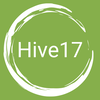
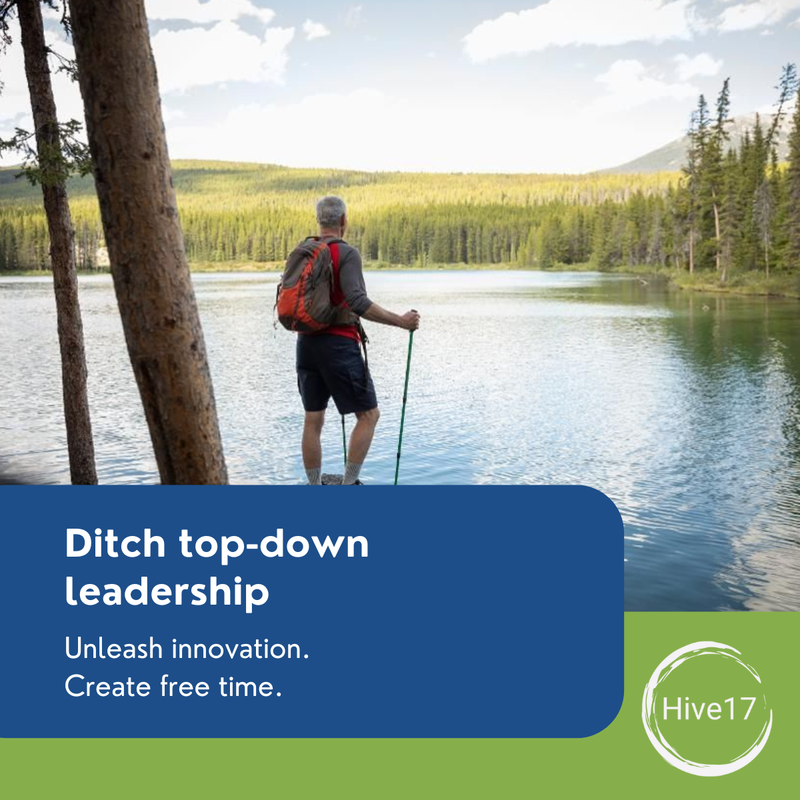
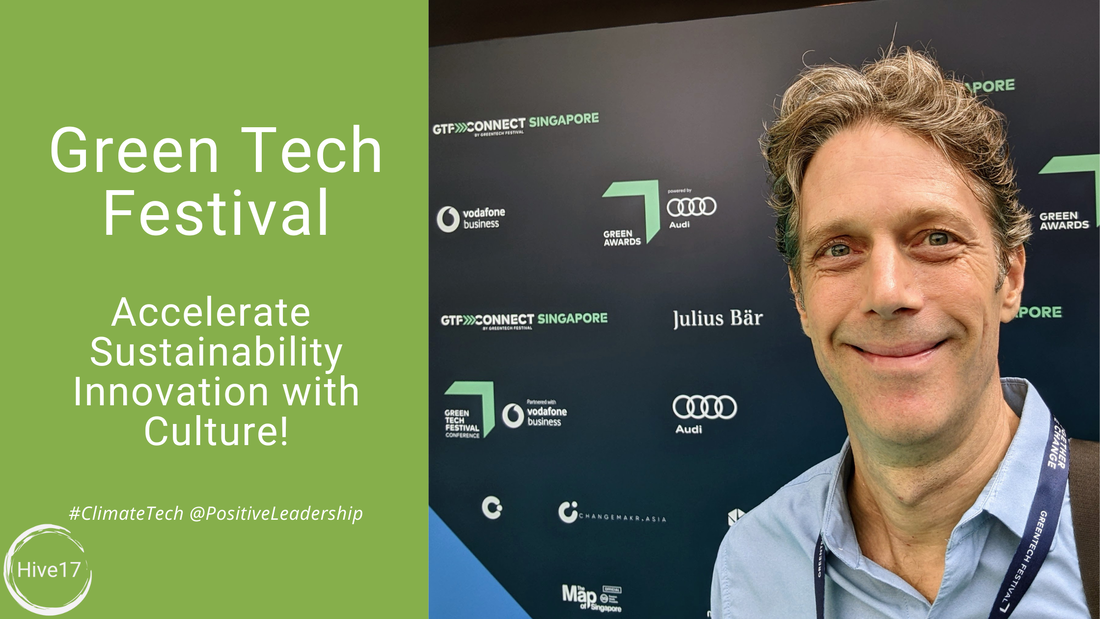
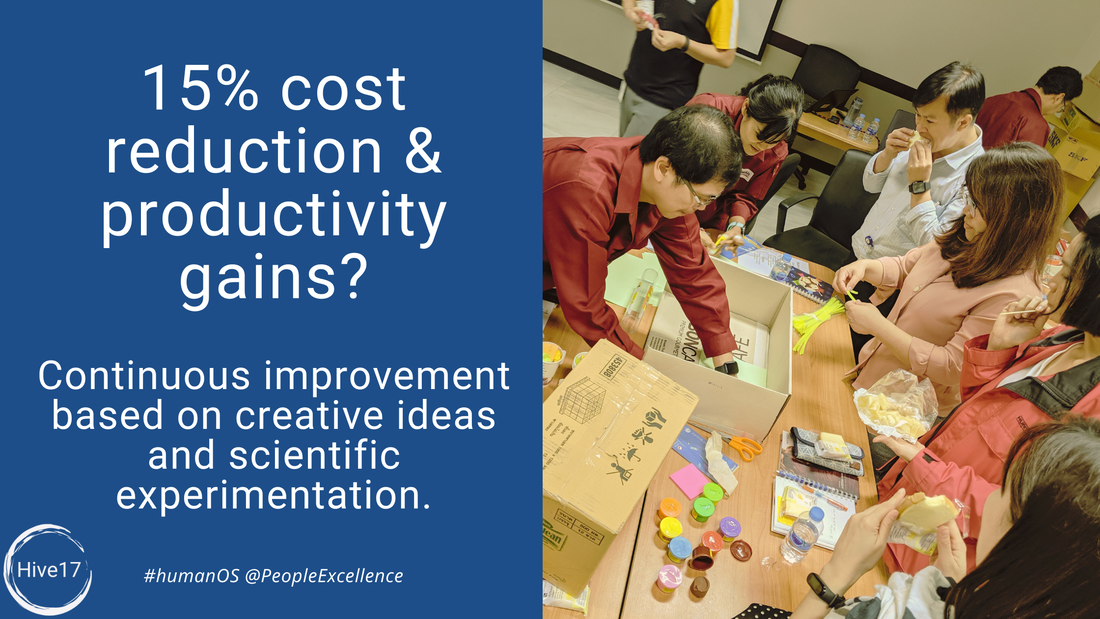
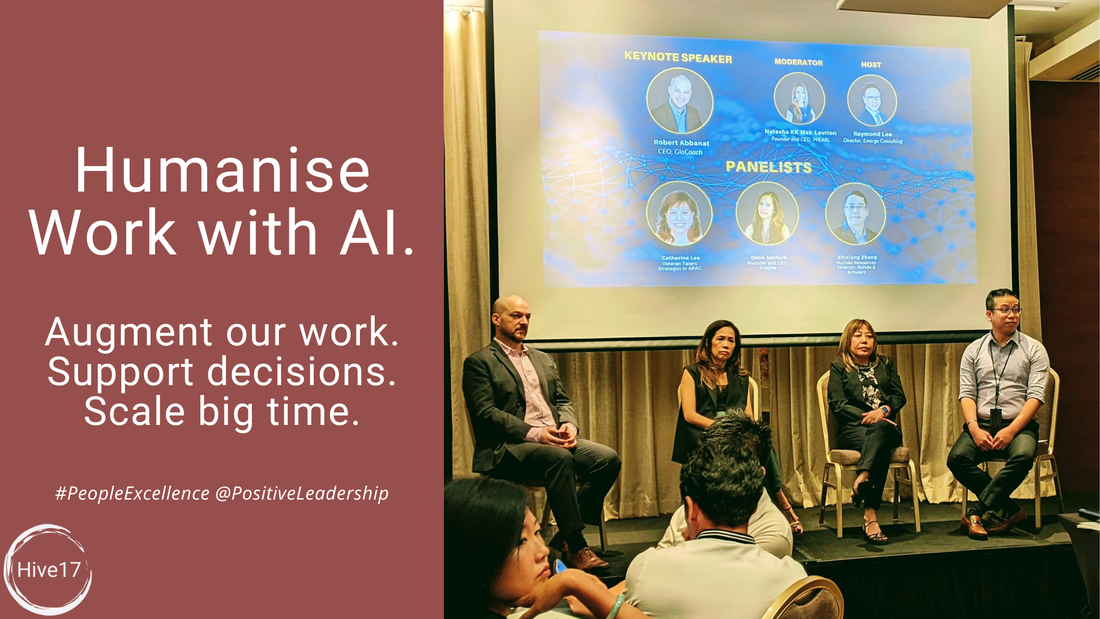
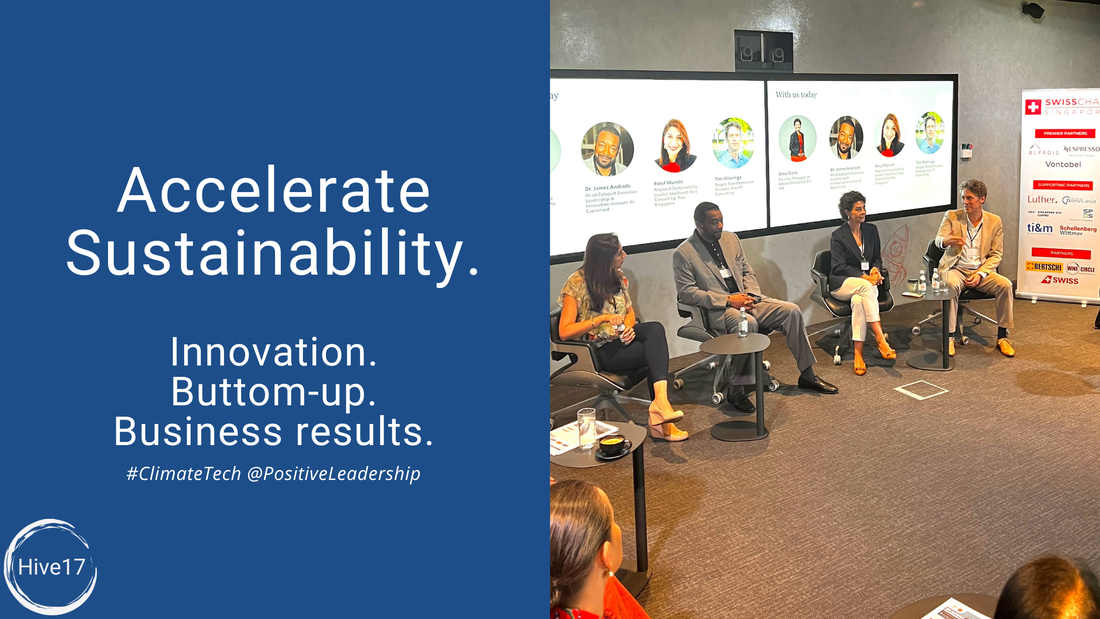
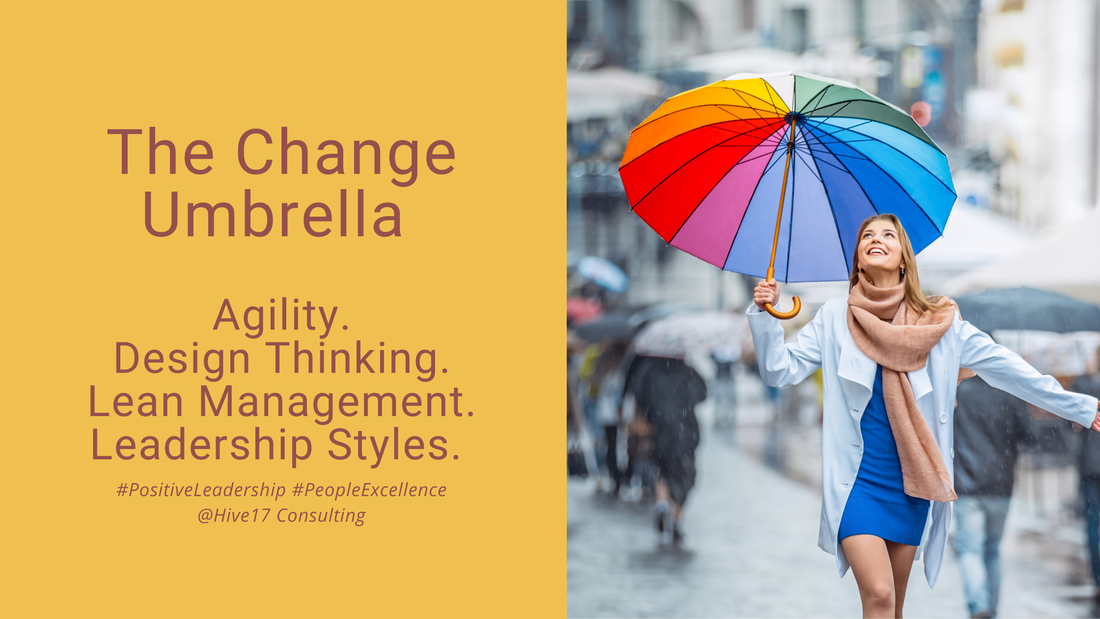
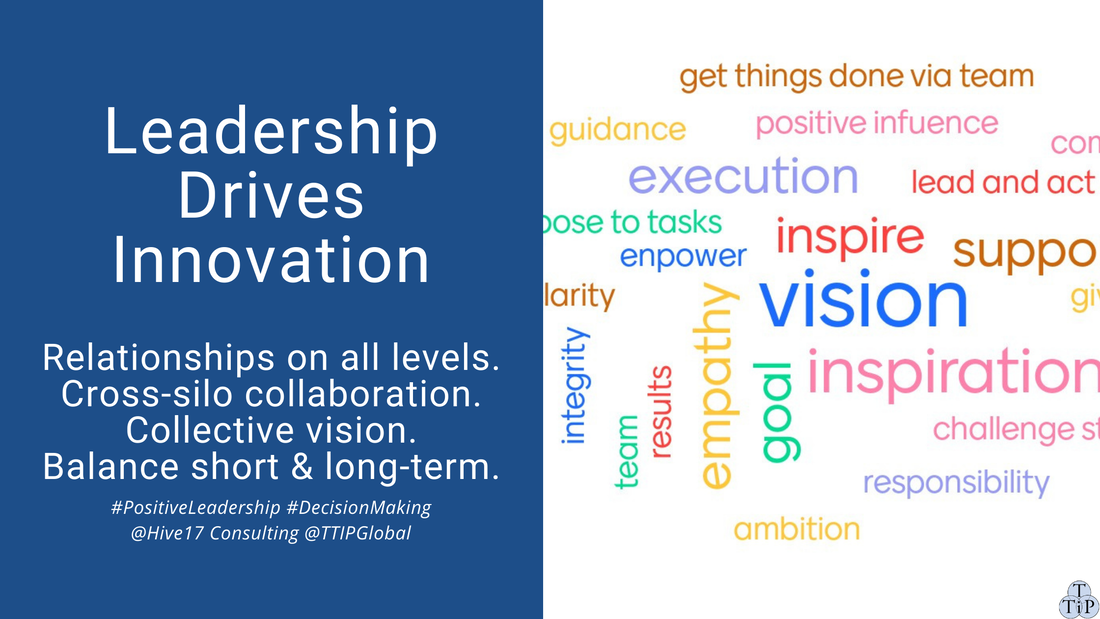
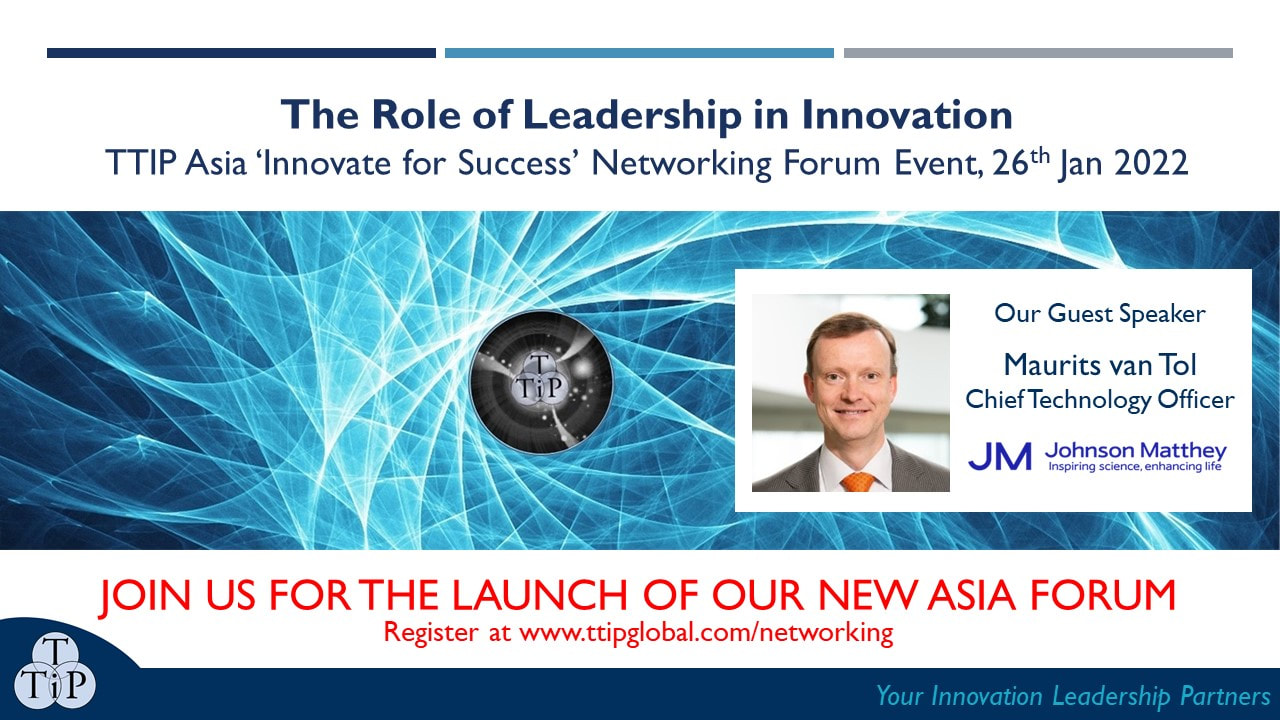
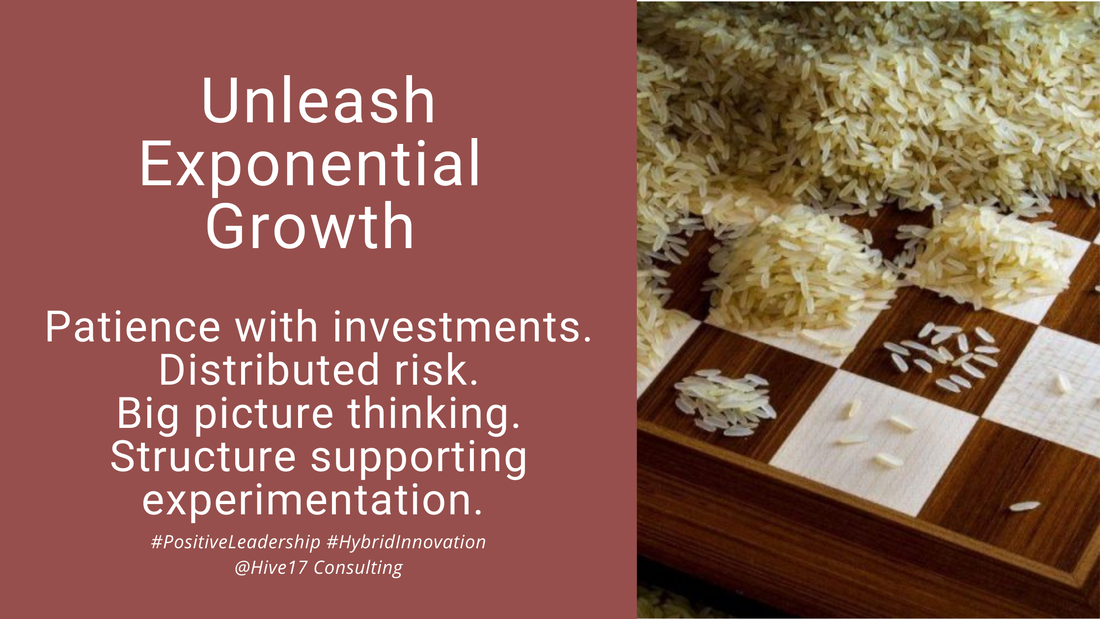
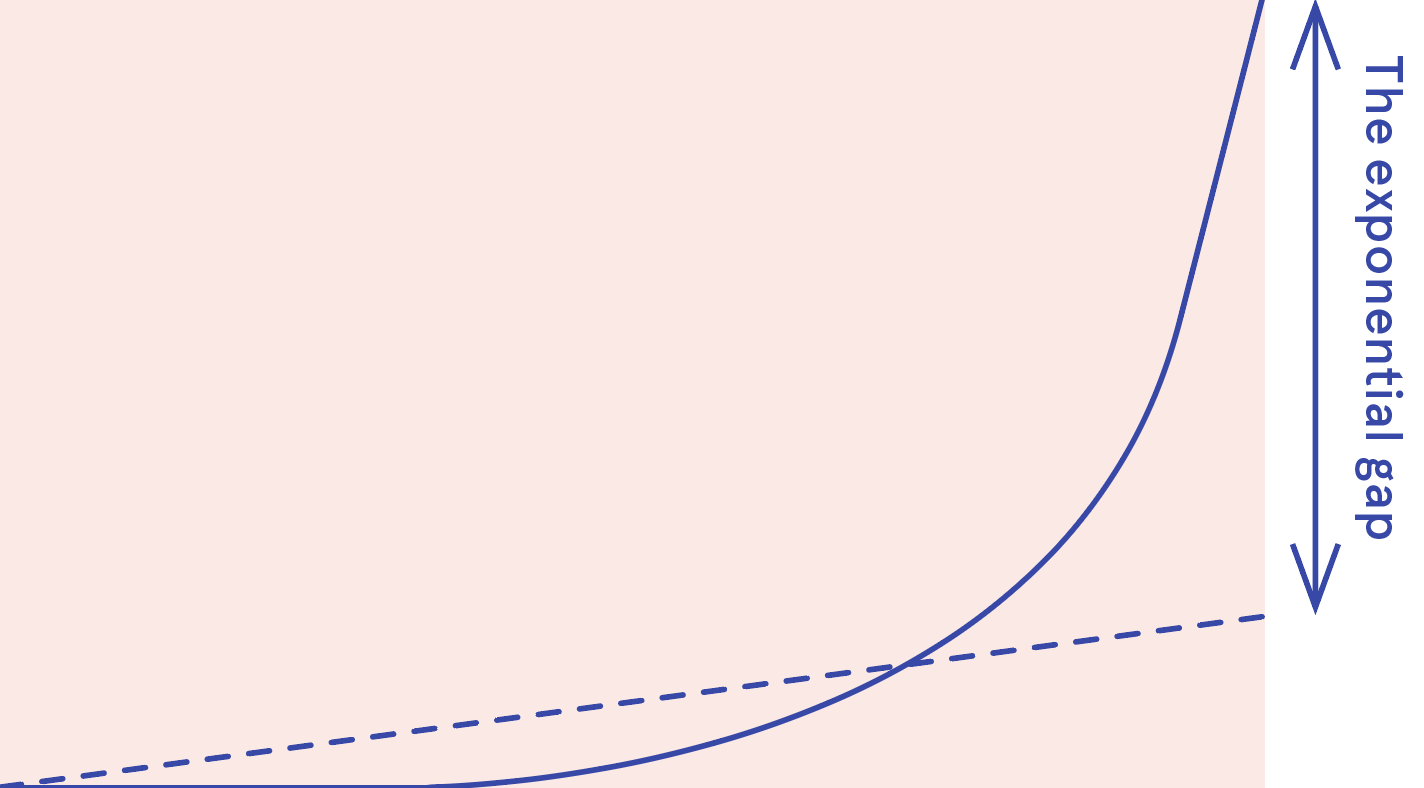
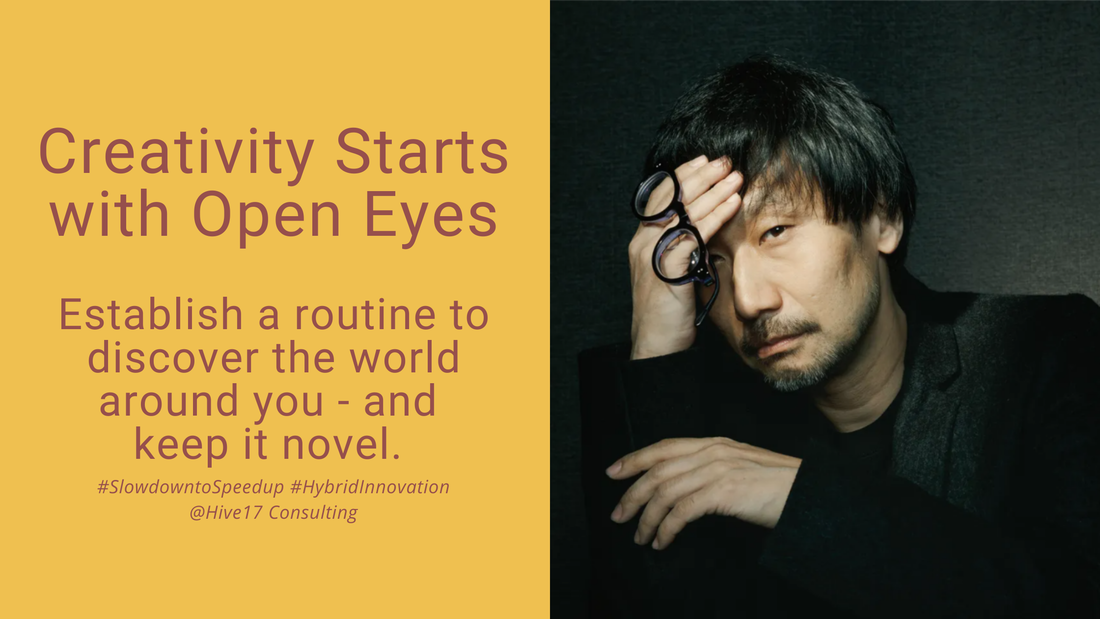
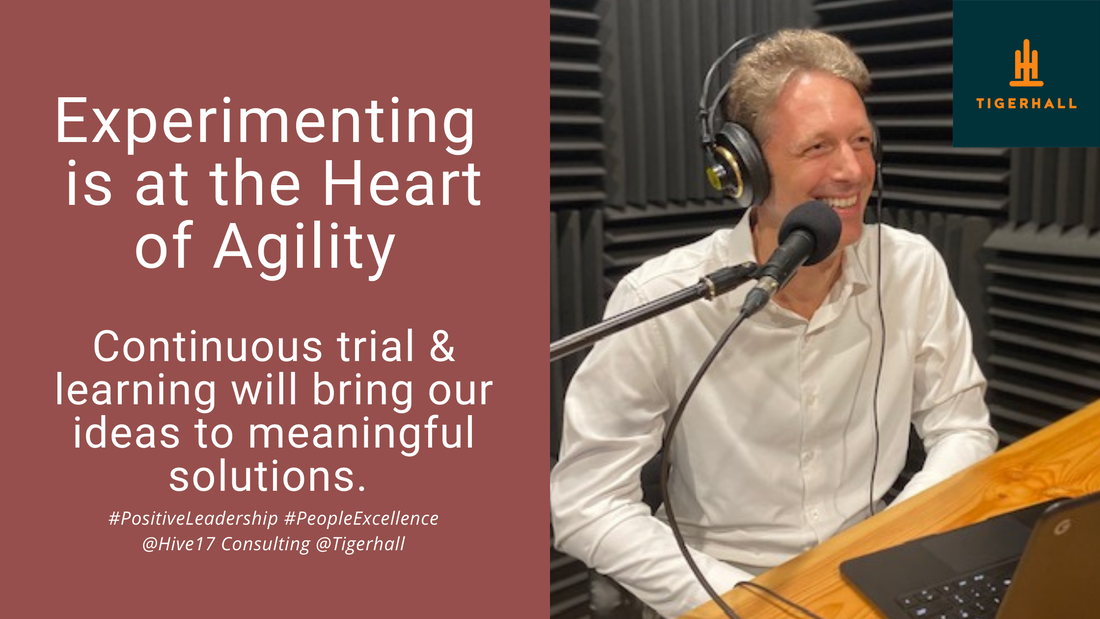
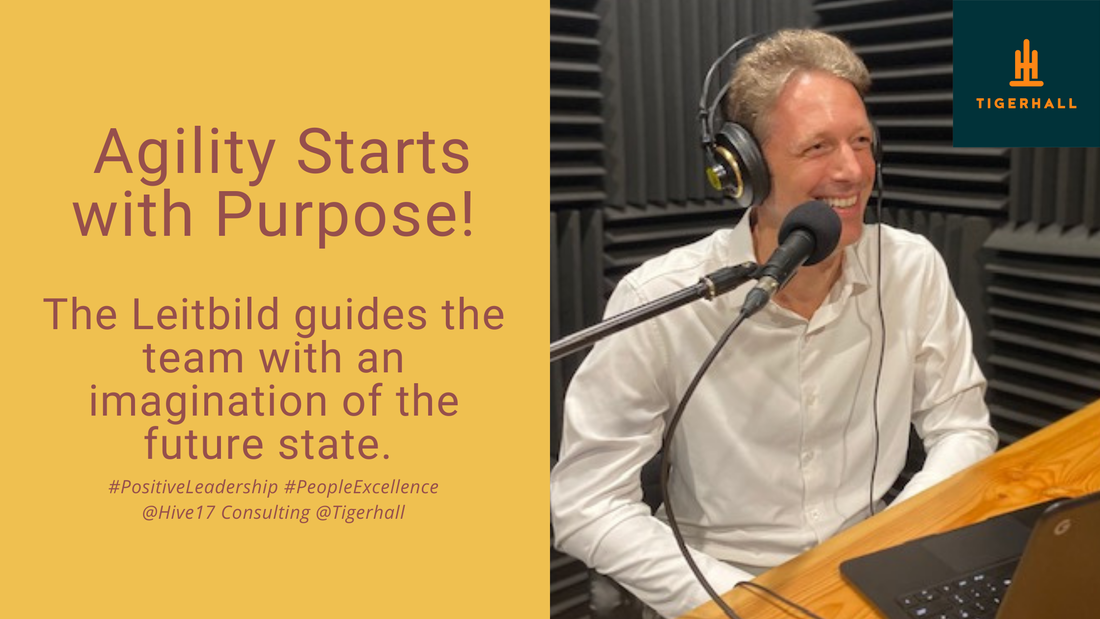
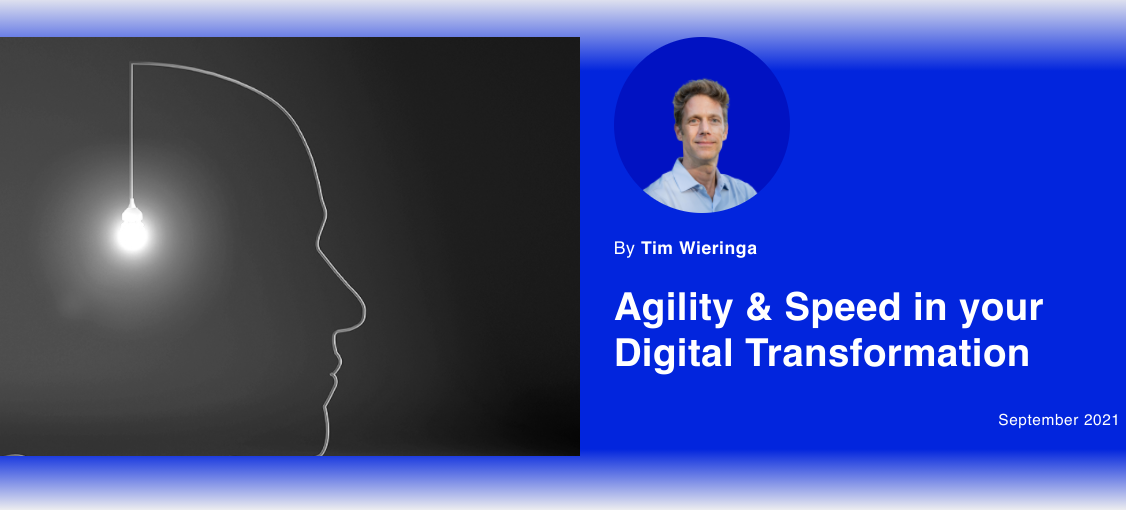
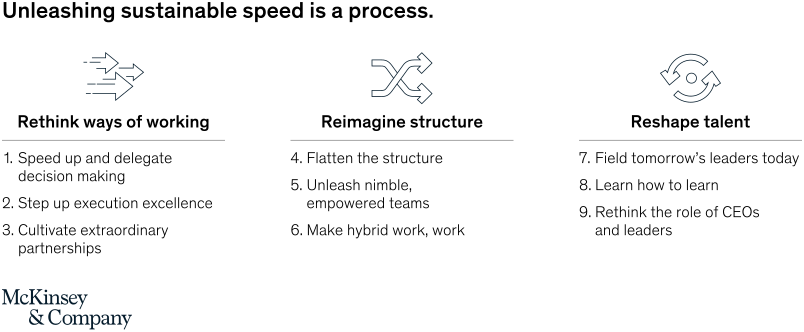
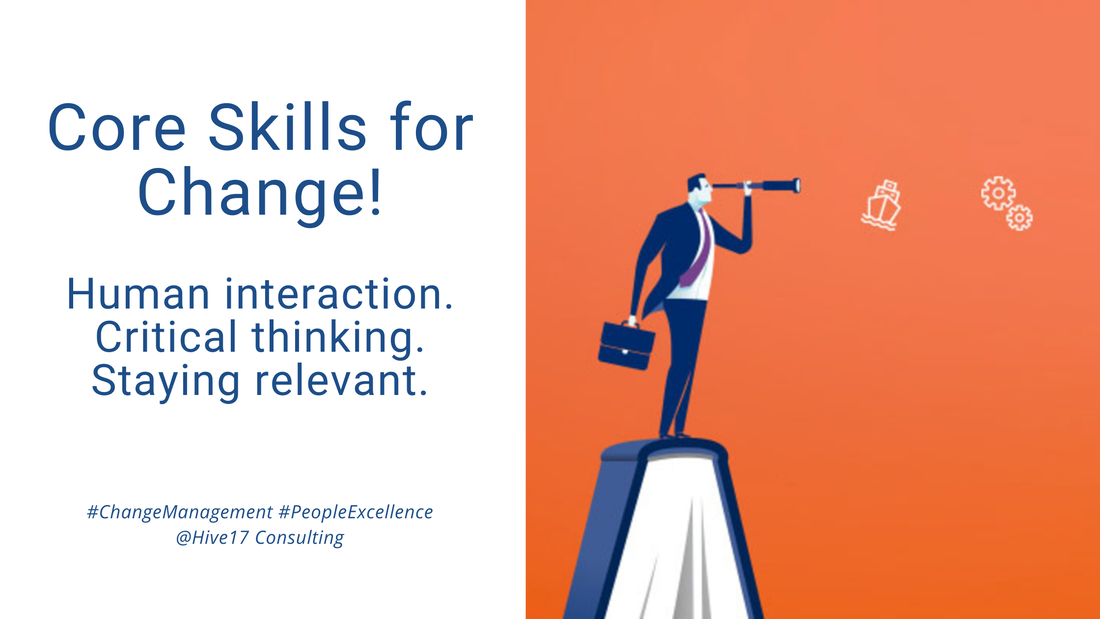
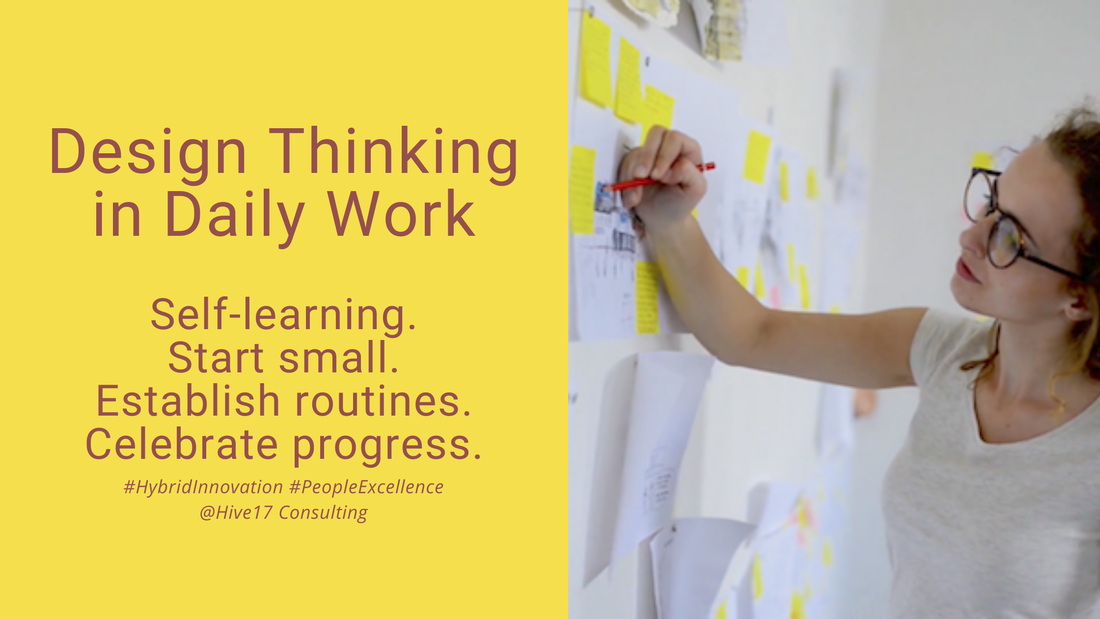
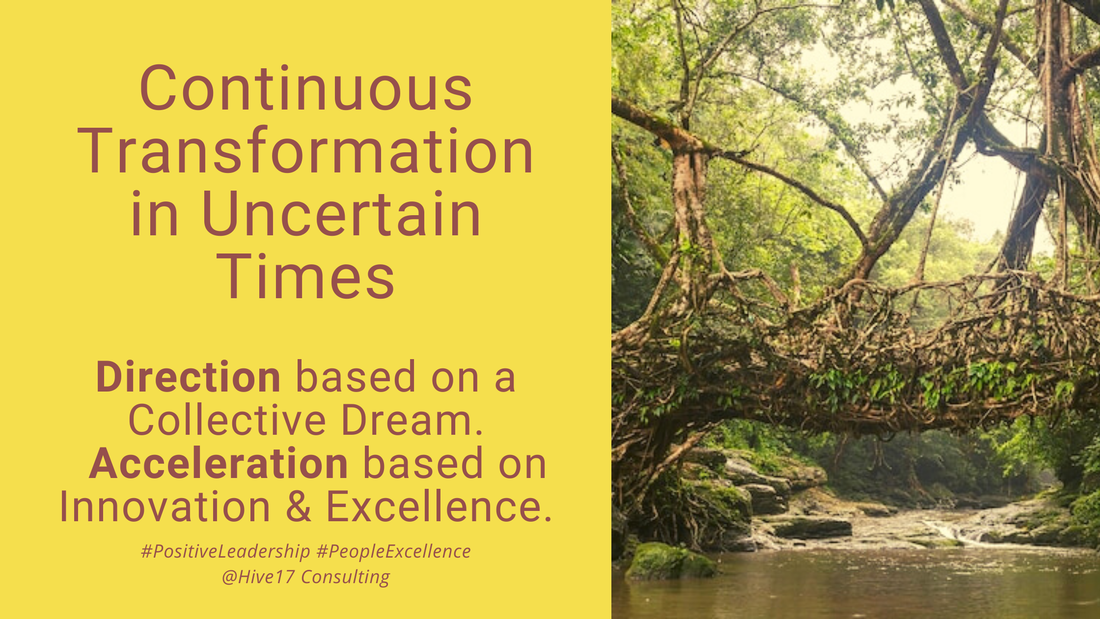

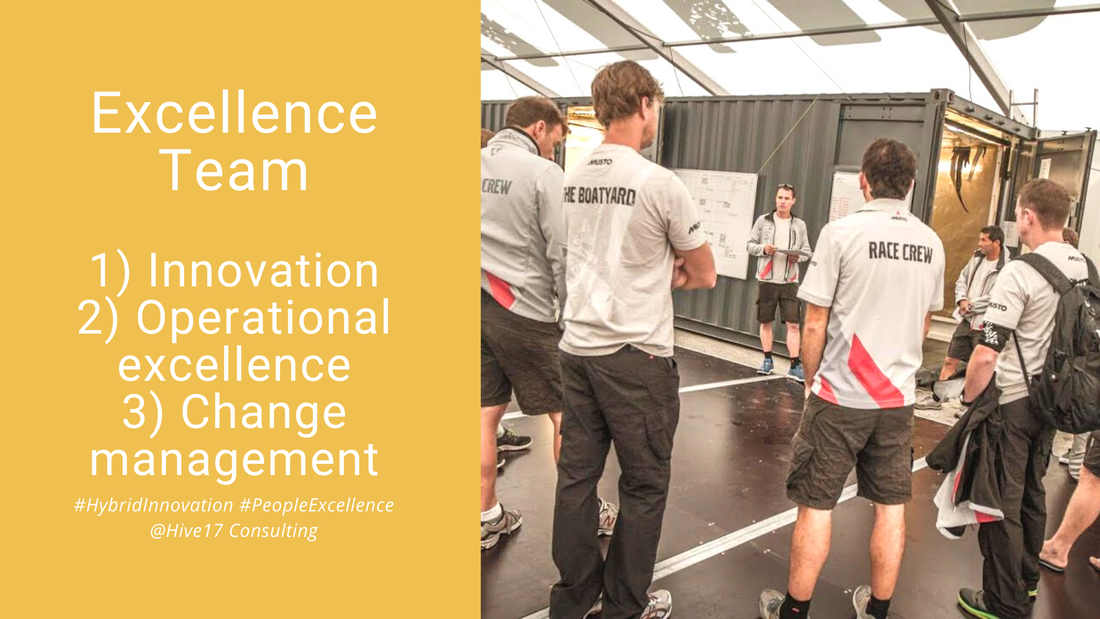
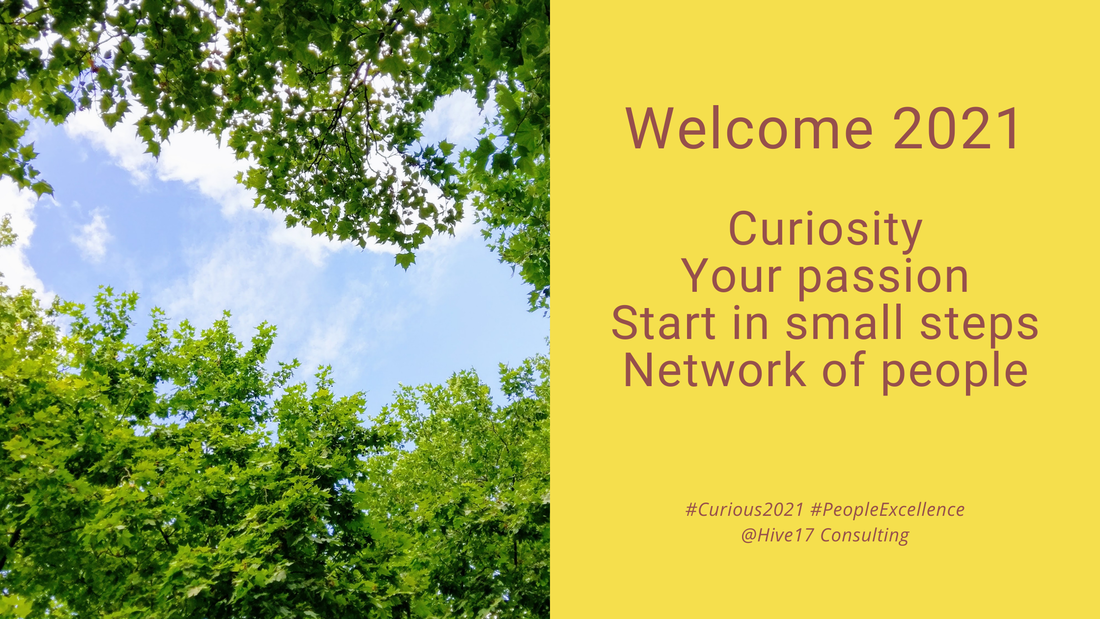
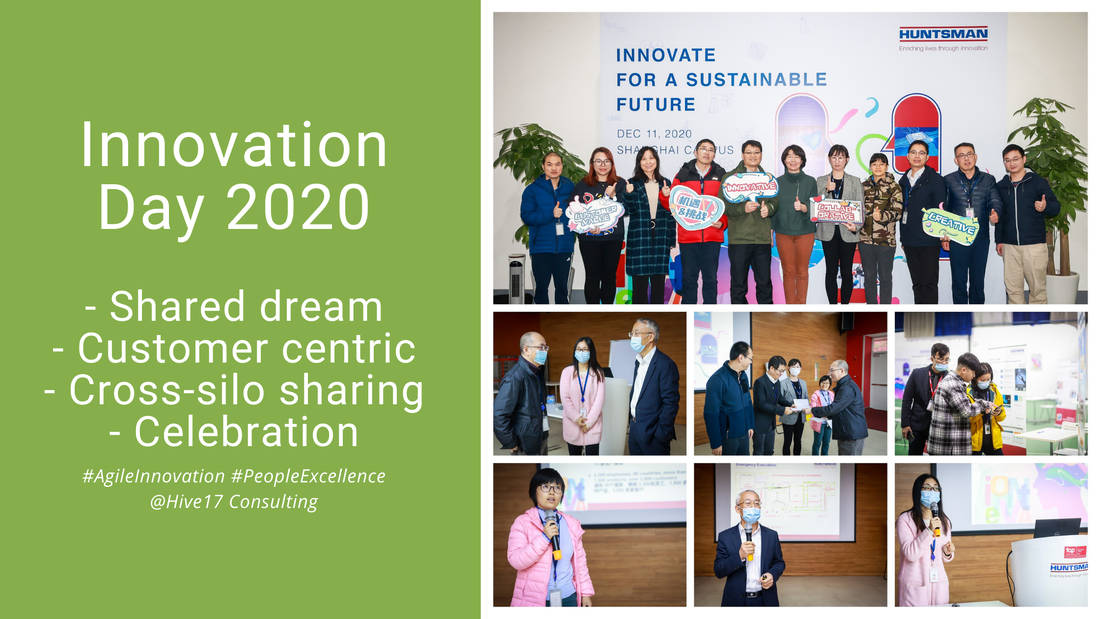
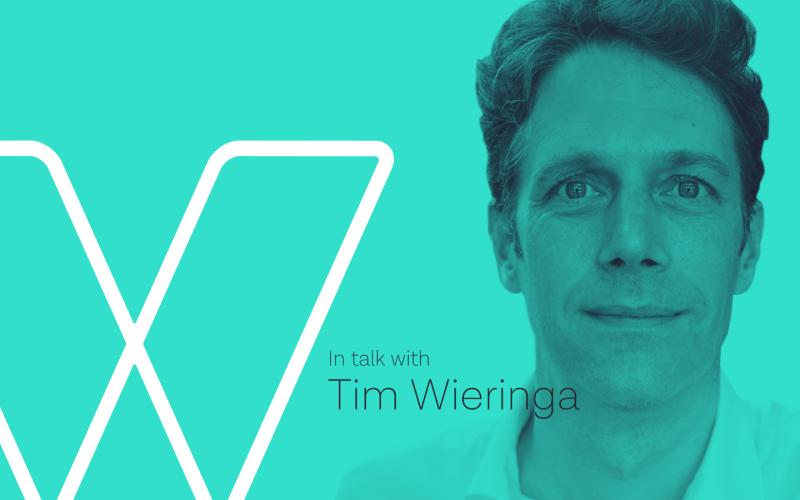
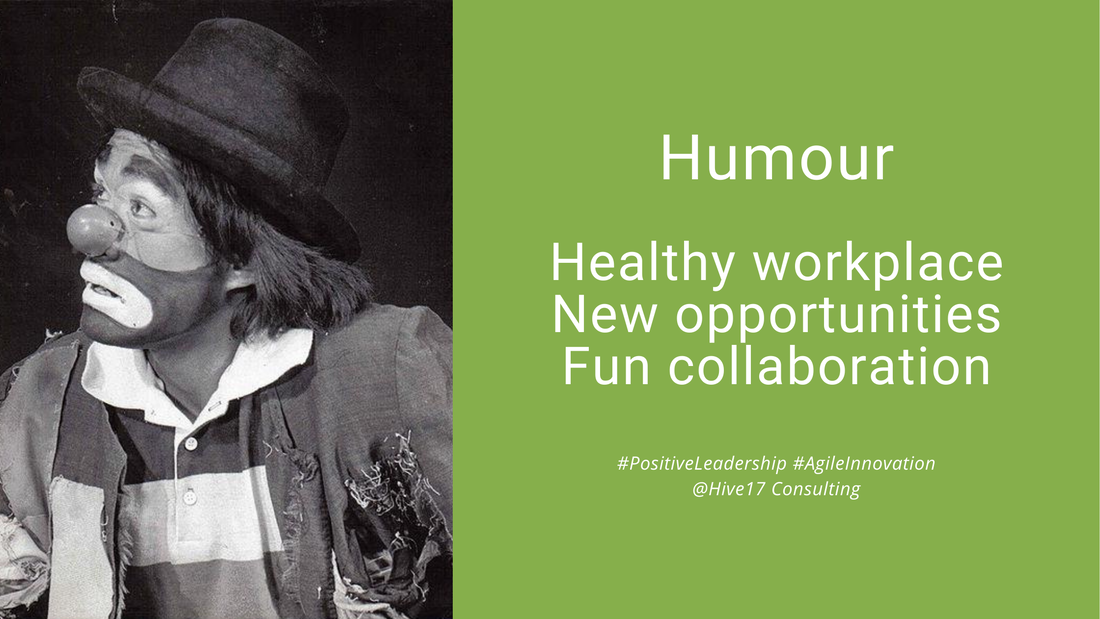
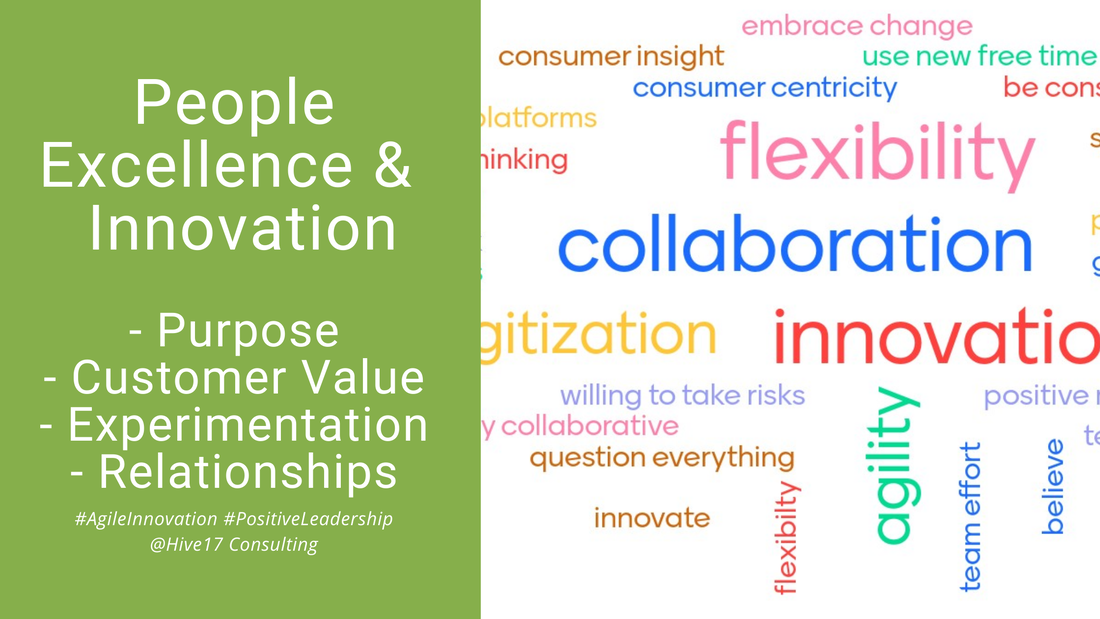
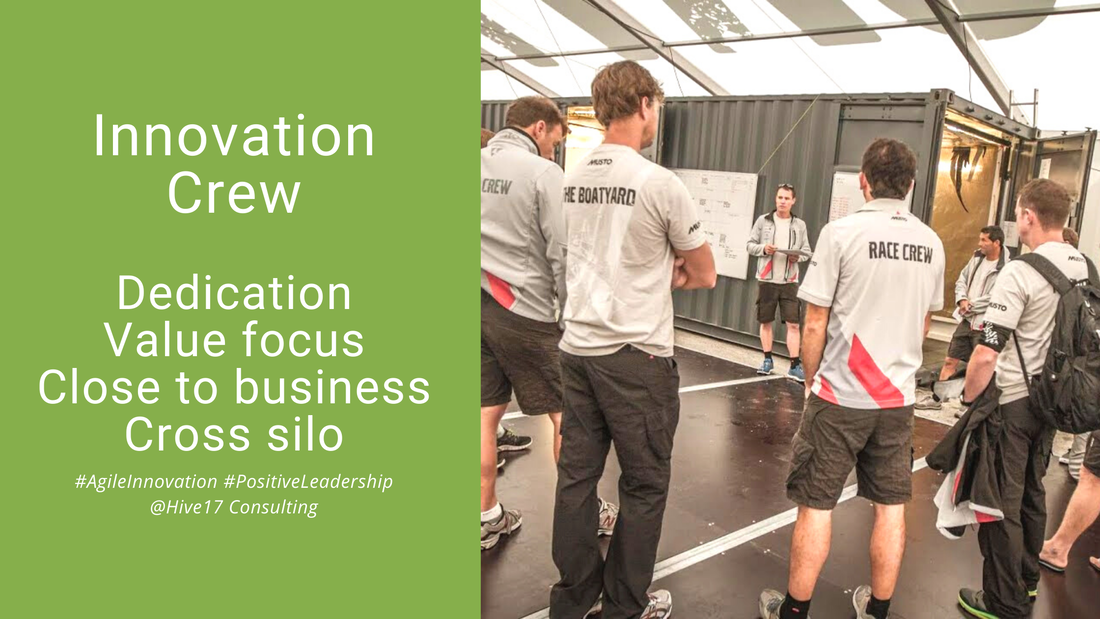
 RSS Feed
RSS Feed